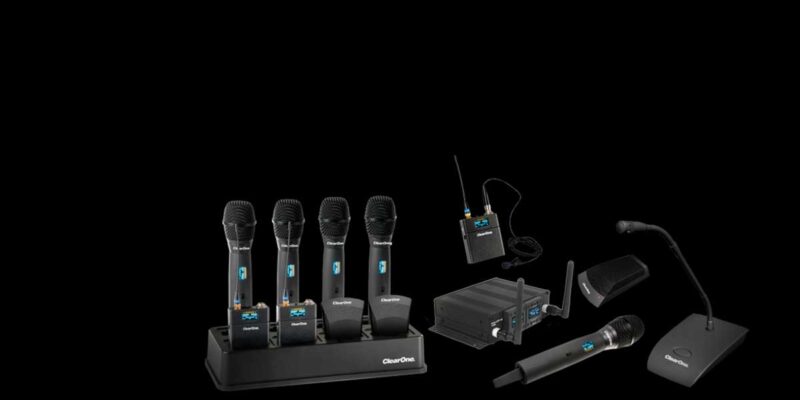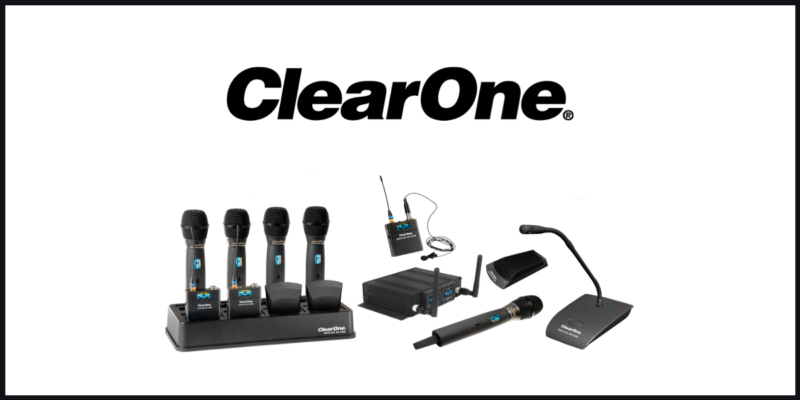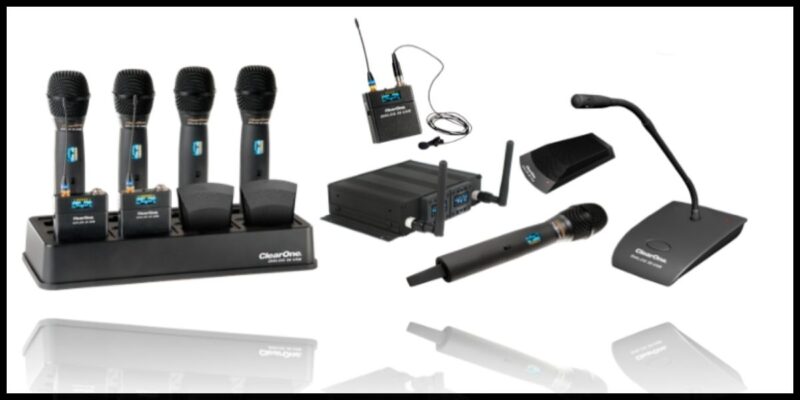What The Work-From-Home Movement Means for AV Integrators and Office-Based Businesses

By Zee Hakimoglu
Chair & CEO, ClearOne
Over the last 12 months, the ideas of “work from home” and “distributed workforce” have evolved from novel ideas for office workers into necessary structures intended to protect the safety and health of employees while enabling continued business operations. As a result, organizations around the world are poised on the edge of a new workplace frontier that will have permanent effects on worker locations, office space design and the level of collaborative technologies required for daily business.
In this new workplace reality, an organization’s success will rely on its ability to harness technologies that enable multisite collaboration with reliable, easy-to-use hardware and software. While traditional office infrastructure has largely kept pace with the demanding requirements of HD video collaboration, many home offices will benefit from investment in more robust AV equipment to maximize the effectiveness of remote meetings and deliver consistently excellent quality for all parties.
The Post-COVID Home Office
With home offices increasingly becoming an important working space for tens of millions of employees worldwide, many people will recognize that the entry-level cameras and microphones included in laptops and sold at big box stores leave a lot to be desired. For virtual meetings to flow smoothly and be effective, it is crucial to limit the intrusion of background noises or echoes and to ensure all participants are able to clearly see and hear each other.
Thankfully, options exist for every budget and any size room, from HD cameras and basic desktop speaker phones to multi-camera 4K solutions with remote-controlled pan, tilt and zoom functions that pair with beamforming microphone array microphones that can be easily and discretely mounted on a room ceiling and connected to speakers. Whether this need can be met by AV integrators depends on how companies choose to approach home offices; they could either deploy consistent technologies to all employees, or adopt a BYOD approach.
Whose Responsibility Is It?
As employers and employees navigate this new collaborative landscape, companies can take various tracks in regards to technology for the home. Initially, the easiest way to enable remote work is to ensure each employee has a laptop or a desktop with a camera, microphone and speaker. Virtually any computer purchased in the last 10 years will have both. However, it’s almost certain that the visual and audio quality will be a significant downgrade compared with the sophisticated equipment deployed in conference rooms and meeting rooms.
Therefore, organizations must decide whether they will invest in equipment for home offices, if employees will be responsible for their own purchases or if the existing tools will be “good enough.” Understanding that this is not a temporary trend and that remote collaboration will only become more vital, companies that plan for the long term are likely to realize that a relatively small investment can pay outsized dividends in terms of productivity and professional-grade external communications.
For this reason, AV integrators have a major opportunity to respond to the needs of virtually every office-based company, whether it has five employees or 5,000. Armed with extensive knowledge of the costs, features and benefits of the latest remote collaboration solutions, integrators can help business leaders envision a company-wide remote work ecosystem that provides excellent quality and functions as reliably as permanently installed conference room systems. Integrators should be proactive in contacting past and existing clients to probe their needs, their plans and their knowledge gaps relating to virtual collaboration across disparate work locations.
The Post-COVID Office Space
Moving forward, companies will employ a variety of hybrid work models, so the collaboration tools found in traditional offices will continue to be a core facet of a successful, flexible organization. Most office environments will resume operations in the next 12 months, and many will reconfigure spaces to be more suitable for social distancing or use staggered in-person schedules. However, few companies or workers will go back to fully packed conference rooms in the near term.
It’s likely that rooms will be limited to 50 percent occupancy, or even less, and that bigger rooms may be desired. This presents integrators with the opportunity to upsell based on specific benefits of camera systems, such as automated subject tracking with artificial intelligence or ultra-wide-angle lenses that allow participants to be seated just inches from the camera.
Throughout the pandemic, manufacturers have worked rapidly to develop new products and solutions designed for organizations’ ever-expanding range of needs. The changing use of space, alternative work sites and high chance of changing regulations are pain points that integrators can address by arming themselves with full knowledge of all the available tools and tailoring solutions to each unique need.
In addition to pushing people to work from home, the business climate of 2020 also necessitated a near-complete halt to business travel and in-person meetings between organizations. Virtual collaboration filled the gap effectively, and there is reason to believe that even upon a complete ‘return to normal’, some businesses and individuals will choose to travel less and hold more meetings virtually in order to save time, money and stress and to reduce environmental impact.
Integrators Who Adapt Will Thrive
Large pro AV installations do not generally include repeated service calls or maintenance. As internal corporate models continue to evolve, those integrators who have been moving to a recurring-revenue service model as external AV/IT support for small- and medium-sized business may be better positioned for this new work-from-home landscape.
Many companies are hoping to strike a balance between remote and office work, leaving integrators to sort out the ideal solutions that work for both seamlessly. They also need to provide existing IT Administrator staff with expert advice on the tools that will work in both locations without integration issues.
Value-added resellers with prior consumer-electronics sales experience will be poised to work closely with this evolving market using new types of home-office solutions. Installations for remote workers may be simplified, yet complicated by locations and the varying technical abilities of end users. Commercial installations may still be more complex, with IT and AV resources on-site to handle most support needs. The ability to support the split workforce and split work environments efficiently, with plans for support and maintenance revenue models will need to be considered.
The Big Picture
After a year of constant change and uncertainty, businesses are looking for any means available to normalize and standardize daily operations. With up-to-date knowledge of the best tools on the market, AV integrators can help build bridges between home and office work, between old work models and new ones, and between collaborative partners who may be miles or continents apart. It’s up to the integration community to promote, explain and deliver solutions that provide the trinity of reliability, simplicity and superior performance so their clients can smoothly transition into whatever the new normal ends up looking like.
 Zee Hakimoglu is the chief executive officer and chair of ClearOne. She joined the company in December 2003 as vice president of product line management and was appointed president and chief executive officer in July 2004; she has served as a director of the company since April 2006 and was named chair of the board in July 2007.
Zee Hakimoglu is the chief executive officer and chair of ClearOne. She joined the company in December 2003 as vice president of product line management and was appointed president and chief executive officer in July 2004; she has served as a director of the company since April 2006 and was named chair of the board in July 2007.




